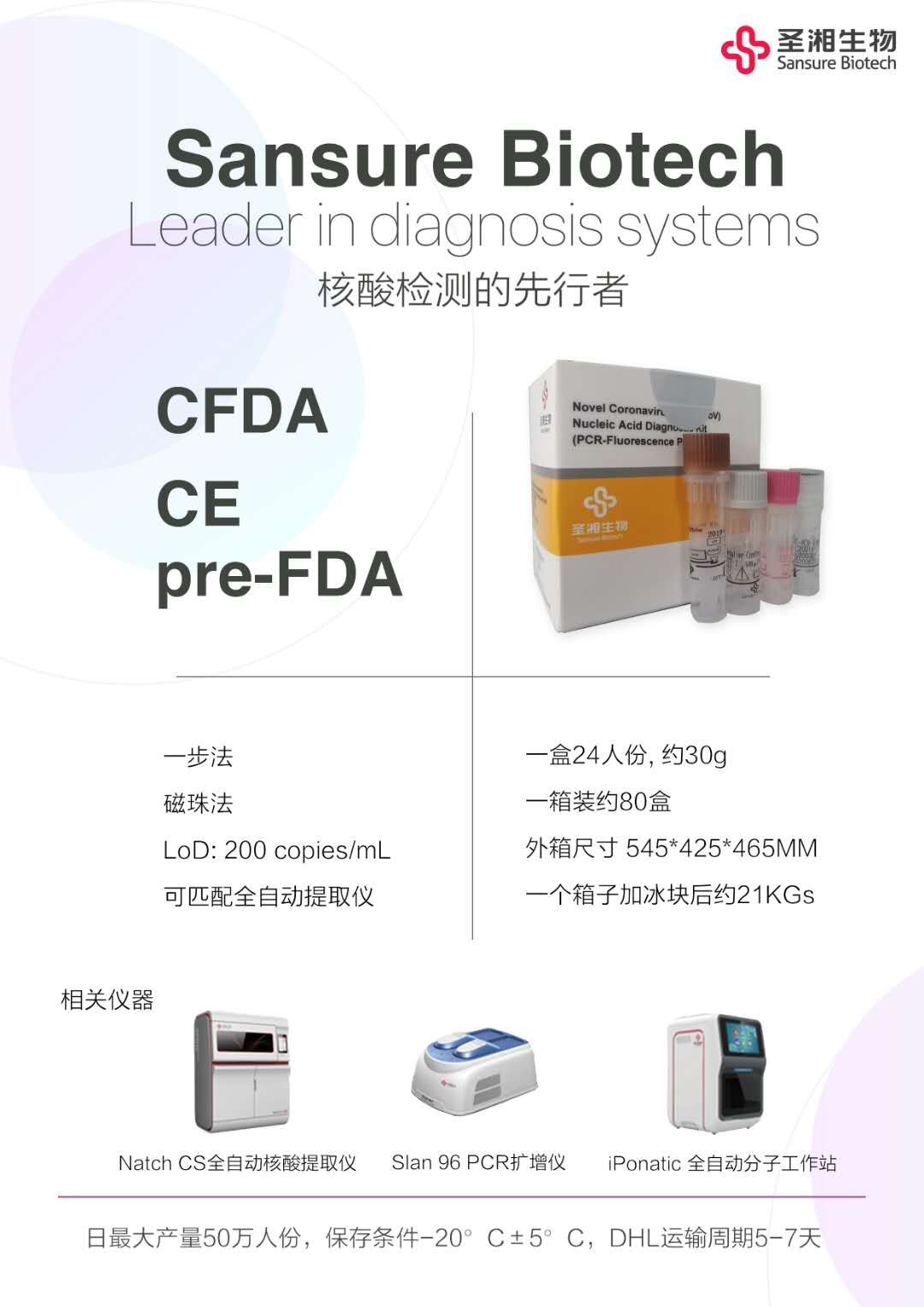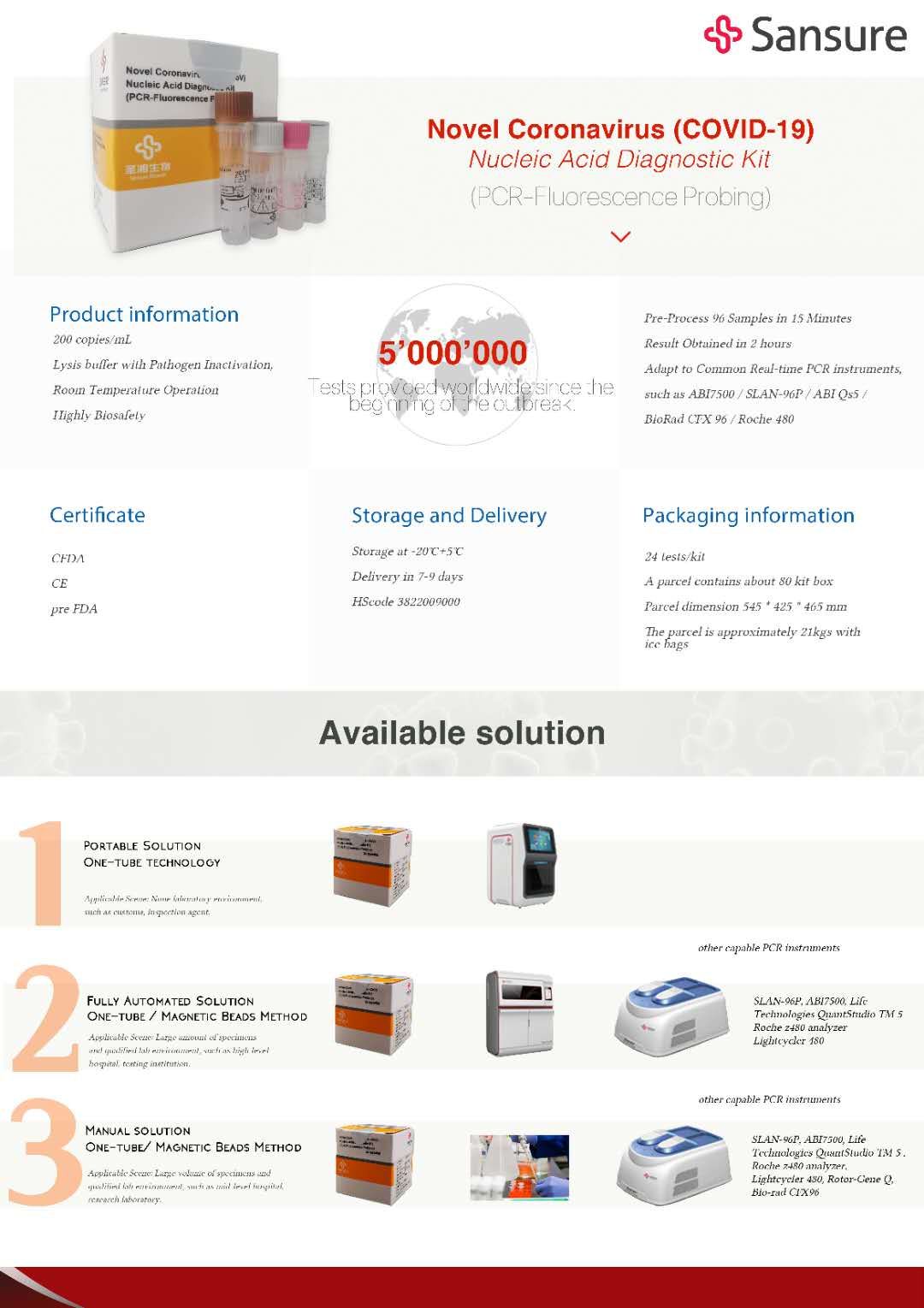This reagent is for research use only : This kit is used to determine the content of phosphoinositide 3 kinase (PI3K) in human serum, plasma and related liquid samples . Experimental principle:  Determination of inositol phosphate 3 samples of human kinase (PI3K) This kit horizontal double-antibody sandwich method. Phosphatidylinositol 3-kinase with purified human (PI3K) antibody-coated microtiter plate wells the immobilized antibody, monoclonal antibody-coated microplate followed by addition of phosphatidylinositol 3-kinase (PI3K), and then with the HRP labeled phosphate The inositol 3 kinase (PI3K) antibody binds to form an antibody - antigen - enzyme - labeled antibody complex, which is thoroughly washed and then added to the substrate TMB for color development. TMB in HRP enzyme blue, yellow and eventually converted to the action of an acid. The color depth is positively correlated with phosphoinositide 3 kinase (PI3K) in the sample . The absorbance ( OD value) was measured with a microplate reader at a wavelength of 450 nm, and the concentration of human phosphoinositide 3 kinase (PI3K) in the sample was calculated from a standard curve . Kit composition 48 hole configuration 96- well configuration save Instruction manual 1 copy 1 copy Sealing film 2 pieces ( 48 ) 2 pieces ( 96 ) sealed bag 1 1 Enzyme label coated plate 1 × 48 1 × 96 2 Standard: 270 Pmol/L 0.5ml × 1 bottle 0.5ml × 1 bottle 2 Standard dilution 1.5ml × 1 bottle 1.5ml × 1 bottle 2 Enzyme standard reagent 3 ml × 1 bottle 6 ml × 1 bottle 2 Sample diluent 3 ml × 1 bottle 6 ml × 1 bottle 2 Developer A solution 3 ml × 1 bottle 6 ml × 1 bottle 2 Developer B solution 3 ml × 1 bottle 6 ml × 1 bottle 2 Stop solution 3ml × 1 bottle 6ml × 1 bottle 2 Concentrated washing solution ( 20ml × 20 times) × 1 bottle ( 20ml × 30 times) × 1 bottle 2 1. Serum: coagulation at room temperature for 10-20 minutes, 20 minutes, centrifugation (2000-3000 rev / min). The supernatant is carefully collected, and if precipitation occurs during storage, it should be centrifuged again. 2. Plasma: should be selected EDTA or citrate as an anticoagulant, mix 10-20 minutes, about 20 minutes centrifugation (2000-3000 rpm / min) according to the requirements of the specimen. The supernatant is carefully collected, and if a precipitate forms during storage, it should be centrifuged again. 3. Urine: a sterile collection tube, centrifuged at about 20 minutes (2000-3000 rev / min). The supernatant is carefully collected, and if a precipitate forms during storage, it should be centrifuged again. The chest and ascites and cerebrospinal fluid are referred to. 4. Cell culture supernatant: When detecting secreted components, collect them with a sterile tube. Centrifugation 20 min (2000-3000 rev / min). Collect the supernatant carefully. When measuring the components in the cells, the cell suspension was diluted with PBS ( pH 7.2-7.4 ), and the cell concentration reached about 1 million /ml . By repeated freezing and thawing, the cells are destroyed and the intracellular components are released. Centrifugation 20 min (2000-3000 rev / min). Collect the supernatant carefully. If a precipitate forms during storage, it should be centrifuged again. 5. Tissue specimen: After cutting the specimen, weigh the weight. Add a certain amount of PBS , pH 7.4 . It was quickly frozen and stored in liquid nitrogen for use. After the specimen melts, it still remains 2 6. The specimens should be extracted as soon as possible after collection, and the extraction should be carried out according to the relevant literature. The experiment should be carried out as soon as possible after extraction. If you can't test it right away, you can put the specimen in 7. Samples containing NaN3 could not be detected because NaN3 inhibited horseradish peroxidase ( HRP ) activity. 1.         Dilution and loading of standard products: 10 wells of standard wells were placed on the enzyme-labeled plate , 100 μl of standard was added to the first and second wells, and standard dilutions were added to the first and second wells. 50μl , mix; then add 100μl from the first hole and the second hole to the third hole and the fourth hole respectively, and then add 50μl of the standard dilution solution in the third and fourth holes, and mix; Take 50 μl of each of the third and fourth wells, discard them, add 50 μl to each of the fifth and sixth wells, and add 50 μl of the standard dilution solution to the fifth and sixth wells . Mix well; mix well. Then, 50 μl of each of the fifth and sixth holes are respectively added to the seventh and eighth holes, and then 50 μl of the standard dilution solution is added to the seventh and eighth holes, respectively, and the seventh and eighth holes are mixed. were taken in 50μl was added to the ninth, tenth hole, and then add standard dilution 50μl ninth tenth hole, after mixing 50μl from each well was discarded from the ninth tenth. (The amount of each well after dilution is 50μl , the concentration is 180 Pmol/L , 120 Pmol/L , 60 Pmol/L , 30 Pmol/L , 15 Pmol/L ). 2.         Adding samples: Set blank holes separately (the blank control holes are not added with the sample and the enzyme standard reagent, the other steps are the same), and the sample holes to be tested. Coated ELISA plates testing sample well add Sample dilution 40 μ l, was then combined with the test sample 10 μ l (final dilution is 5-fold). Add the sample to the bottom of the well of the microplate, try not to touch the wall of the well, and shake gently to mix. 3.         Incubation: sealing with a sealing film 4.         Dosing: 30 (20 times the 48T) fold concentrated fold diluted solution was washed with distilled water and 30 alternate (48T of 20 times). 5.         Washing: Carefully remove the sealing film, discard the liquid, dry it, fill each well with the washing solution, let stand for 30 seconds, then discard it, repeat 5 times, and pat dry. 6.         Add enzyme: 50 μl of enzyme labeling reagent was added to each well , except for blank wells. 7.         Incubation: The operation is the same as 3 . 8.         Washing: The operation is the same as 5 . 9.         Color development: add 50 μl of the developer to each well , then add 50 μl of the developer , gently shake and mix. 10.     Termination: 50 μl of stop solution was added to each well to terminate the reaction (when the blue color turned yellow). 11.     Measurement: The absorbance ( OD value) of each well was measured in sequence with a blank air conditioner of zero and a wavelength of 450 nm . The measurement should be carried out within 15 minutes after the addition of the stop solution . 1.  The kit should be taken out from the refrigerated environment and should be used at room temperature for 15-30 minutes before use. If the enzyme label is unsealed after opening, the slats should be stored in a sealed bag. 2.  Concentrated washing liquid may crystallize out. When diluted, it can be heated and dissolved in a water bath. The washing will not affect the result. 3.  The sampler should be used for each step, and the accuracy should be corrected frequently to avoid test errors. It is best to control the loading time within 5 minutes. If the number of specimens is large, it is recommended to use a gun. 4.  Please make a standard curve at the same time of each measurement, it is best to make a double hole. If the content of the substance to be tested in the specimen is too high (the OD value of the sample is larger than the OD value of the first hole of the standard well ), please first dilute the sample dilution with a certain multiple ( n times) and then measure it. When calculating, multiply the total dilution by the total dilution. Multiple ( × n × 5 ). 5.  The sealing film is intended for single use only to avoid cross-contamination. 6.  Please keep the substrate away from light. 7.  Strictly follow the instructions of the manual, the test results must be based on the microplate reader reading . 8.  All samples, washings and various wastes should be treated as infectious materials. 9.  The different batch components of this reagent must not be mixed. Calculation: Kit performance: 1. The linear regression coefficient of the sample and the expected concentration correlation coefficient R value is 0.990 or more. 2. Within and within the batch should be less than 9% and 11% respectively Storage conditions and expiration date: 1. The kit of preservation:; 2 2 . Validity: 6 months
Classification of testing reagents on the market:
1. Nucleic acid detection reagents((2019-nCoV) Nucleic Acid Diagnostic Kit) are medical reagents, with high accuracy and high price. The throat takes liquid samples for testing. It takes 2 hours to produce the results. It requires professional equipment. The professionalism is high. The compliance rate is 97%. Degrees of preservation, dry ice transportation! Suitable for hospitals, government agencies!
2. Antibody Detection Reagents(COVID-19 IgM/IgGAntibody Detection Kit) are civilian detection reagents that need instrumental assistance. The accuracy is average. The blood test can produce results in 15-30 minutes. It is fast and simple, and the price is low (about 8.5 US dollars). It is shipped at room temperature! Suitable for civilian use
3. Colloidal gold,test kits(Colloidal Gold COVID-19 IgM/IgG Detection Kit), civil reagents, blood tests, pregnancy test papers, no instruments required, fast results in 5 minutes, a few minutes, 8 US dollars each! Normal temperature transportation.
Nucleic Acid Diagnostic Kit Pcr Instrument,Antibody Detection Kit,Antibody Detection Reagents,Nucleic Acid Diagnostic Kit Guangzhou Zhongzhinan Supply Chain Co.,Ltd. , https://www.gzzhongzhinan.com
Sample processing and requirements :
The concentration of the standard is the abscissa and the OD is the ordinate.  Draw a standard curve on the coordinate paper, find the corresponding concentration from the standard curve according to the OD value of the sample ; multiply by the dilution factor; or calculate the standard with the concentration of the standard and the OD value.  The linear regression equation of the quasi-curve, the OD value of the sample  Substituting the equation, calculating the sample concentration, and multiplying by the dilution factor, is the actual concentration of the sample.                 Â
10 Pmol/L -200 Pmol/L Â Â Â Â Â Â Â Â Â Â Â Â Â Â Â Â Â Â Â Â Â Â Â Â 
